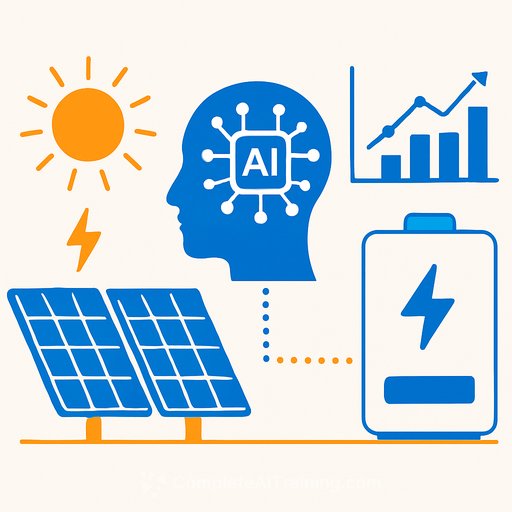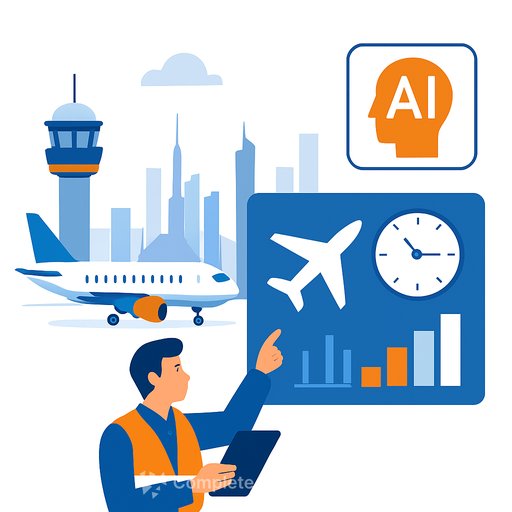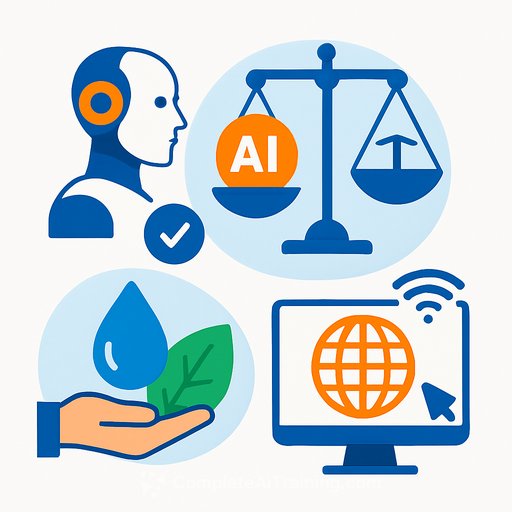Energieglück Launches AI-Assisted Virtual RE Asset Management Platform
Energieglück has rolled out Energieglück+, a virtual asset management platform that blends digital twin technology with AI-driven real-time monitoring and predictive analytics for PV operations. The software arrives as a SaaS product, built to push uptime, forecast accuracy, and yield across distributed and utility-scale solar assets. It's live in Germany now, with an extension to BESS in the pipeline.
Key Takeaways
- Energieglück acquired PV Plus and rebranded it as Energieglück+, combining digital twin simulation with live plant data and AI.
- The company states the platform achieves up to 98% intraday PV yield forecast accuracy and can increase yield by up to 15% versus standard AI-only peers.
- Reported impact includes up to 40% downtime reduction and asset availability up to 98% (from an average of 78%).
- Commercially available in Germany; BESS features to be added next.
What's Different
Most monitoring tools forecast from historical data. Energieglück+ goes a step further: it uses a digital twin-an always-on virtual replica of the plant-paired with real-time data and an embedded AI model. The platform compares actual performance to a physics-based "ideal" at short intervals, flags deviations instantly, and adjusts operations on the fly.
This is what the company calls "intelligent redispatch management." In practice, that means intraday setpoint optimization, faster anomaly detection, and fewer missed production windows.
How It Works
The digital twin simulates how the plant should behave under current conditions. Live SCADA and sensor inputs feed the model, which continuously checks for gaps between expected and actual output. When it spots drift, it recommends or automates changes and surfaces probable root causes to cut troubleshooting time.
That same loop powers predictive maintenance-identifying component stress, inverter derating, or string underperformance before it becomes a ticket.
Claimed Results
- Up to 98% intraday PV yield forecast accuracy.
- Yield gain up to 15% versus standard AI-based peers.
- Downtime reduced by up to 40%.
- Asset availability up to 98% (vs. average 78%).
According to Oliver Skadow, Technical Director at Energieglück+: "With our digital twin, we go far beyond classic monitoring. We combine real-time data, physical simulation and AI algorithms for precise yield forecasts of 98% - currently the market leader. For our customers, this means fixing errors before yields are lost."
Why This Matters for Management
Revenue and OPEX move with accuracy, availability, and speed to resolution. If forecast quality rises and downtime drops, you get tighter trading positions, fewer truck rolls, and better SLA performance. For portfolios, small per-site gains compound fast across hundreds of MW.
The shared virtual layer also helps standardize operations across mixed OEM fleets. That reduces fragmentation and gives your team a single source of operational truth.
Availability and Roadmap
Energieglück+ is commercially available in Germany for PV assets today. The company plans to augment the platform for BESS use cases next, extending the same twin-plus-AI approach to storage dispatch, health, and lifecycle management.
Questions to Put to Your Team (and Vendor)
- Data integration: Which SCADA, inverters, sensors, and weather feeds are supported out of the box?
- Control: Is optimization advisory-only, or can it safely automate setpoints with audit trails?
- Model governance: How often are the digital twins calibrated? What's the process after equipment changes?
- Cybersecurity and compliance: How is access managed across operators, OEMs, and contractors?
- Commercial impact: Expected IRR lift from yield gains and downtime reduction at our portfolio scale?
- Interoperability: Can it plug into our trading stack, CMMS, and reporting tools without custom projects?
- Data ownership: Who owns the operational data and model outputs, and how is it exported?
Context and Further Reading
For a broader view on AI and digitalization in energy, see the IEA's overview of AI in energy systems: IEA: Artificial Intelligence in Energy.
If you're upskilling your ops and asset teams on AI fundamentals and automation strategy, these curated tracks can help: AI courses by job.
Your membership also unlocks:






